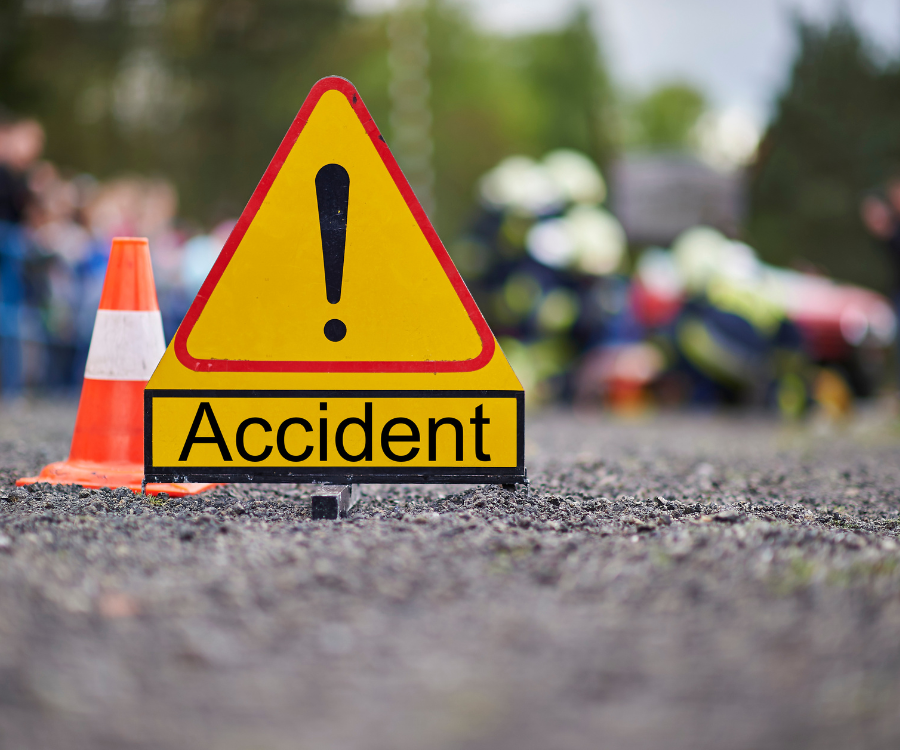From A&E to the RAF: The Unseen Story of Your X-Ray
A car accident can turn your world upside down in an instant. There’s the shock, the chaos, and the immediate scramble to make sure everyone is okay. But what happens after the sirens fade and the adrenaline subsides? For many South Africans, the next step is a journey through the medical system and, often, a claim with the Road Accident Fund (RAF).
This is where the humble X-ray plays a bigger role than you might think. It’s not just a diagnostic tool; it’s a piece of crucial, silent evidence that could be the key to your financial future.
The X-Ray: Your First Witness
When you’re rushed to the hospital after an accident, the first thing doctors often do is get X-rays. They’re looking for the hidden damage: fractures, dislocations, and other internal injuries that aren’t visible to the naked eye. While you’re focused on the pain and the immediate treatment, those black-and-white images are busy doing something else entirely—they’re building your case.
X-rays provide objective, irrefutable proof of your injuries. This is vital for a few reasons:
- Diagnosis and Treatment: The immediate use is, of course, for your medical team to accurately diagnose your injuries and plan the best course of treatment.
- Proof of Injury: It’s one thing to say you have a broken bone. It’s another to show a clear, dated X-ray image that proves it. This is the kind of hard evidence that insurance companies and the RAF look for.
- Assessing Severity: An X-ray report, written by a qualified radiologist, doesn’t just show the break; it describes its nature, location, and potential for long-term complications. This helps determine the “serious injury” status required for a general damages claim from the RAF.
Navigating the RAF Claim Process in South Africa
The Road Accident Fund is a government-run entity in South Africa that provides compensation to people injured in car accidents, or to the dependents of those who have died. But making a successful claim can be a complicated, lengthy process. This is where your medical records, including those all-important X-rays, become a cornerstone of your application.
Here’s how they fit into the bigger picture:
- Gathering Evidence: The very first step in a RAF claim is compiling a comprehensive file of evidence. This includes the police report, witness statements, and, most importantly, all of your medical records. This is where your X-ray images and the official reports from the radiologist come into play.
- Completing the Forms: The RAF requires specific, prescribed forms, such as the RAF 1 and the RAF 4 (for serious injuries). These forms require a medical report from your doctor that details your injuries. The X-rays and other scans are the foundation for this report.
- Medico-Legal Reports: To truly quantify your claim, especially for things like loss of income or future medical expenses, your legal team will often commission a medico-legal report. This is a detailed assessment by a medical expert who uses all of your records, including your X-rays, to explain the long-term impact of your injuries. This report is what turns a general medical diagnosis into a detailed legal argument for compensation.
- Proving “Serious Injury”: For certain types of compensation (like “general damages” for pain and suffering), you must prove your injuries are “serious” according to the RAF’s criteria. The RAF 4 form and the supporting medical evidence—your X-rays, reports, and specialist assessments—are used to make this determination.

No comment